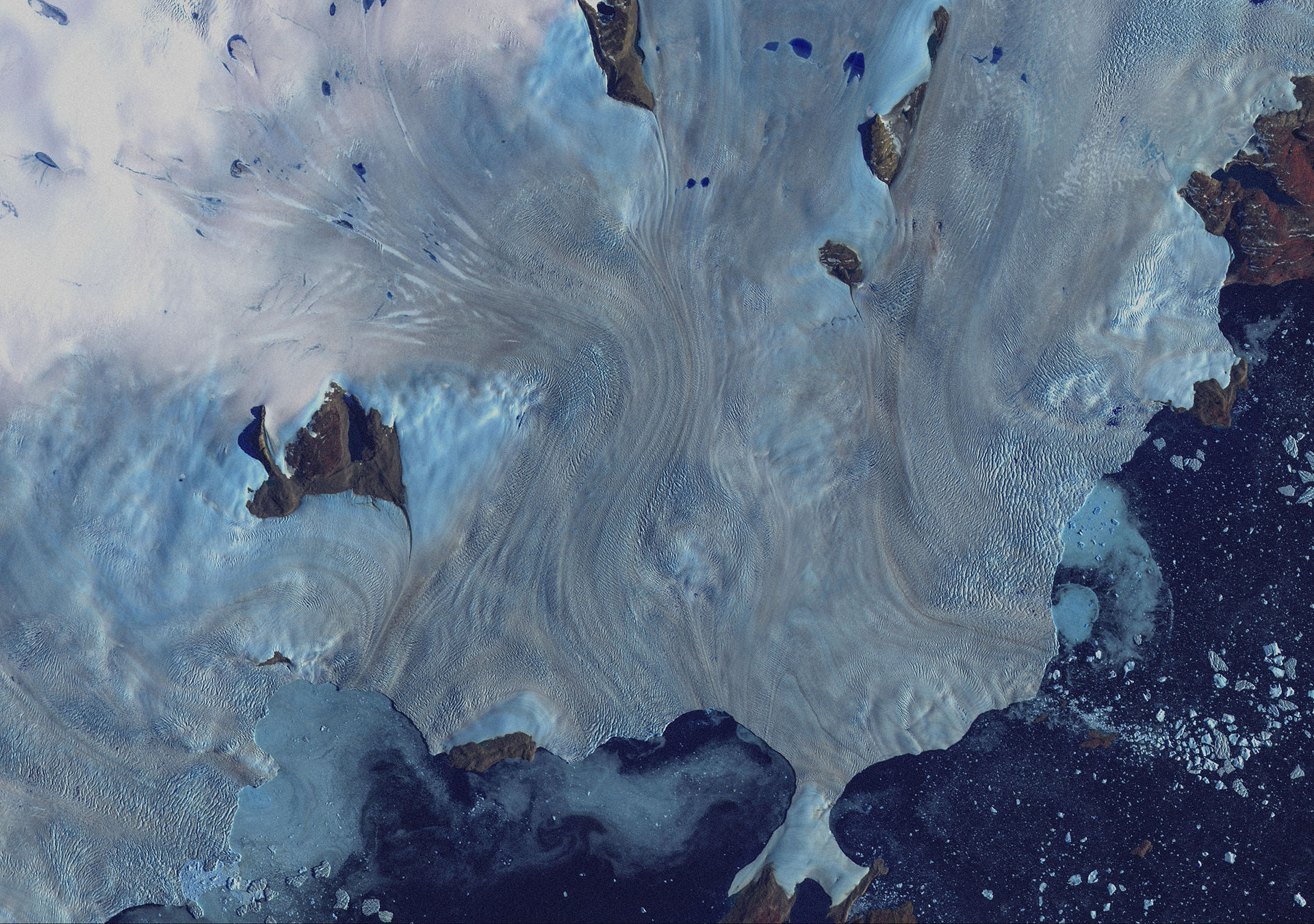Glaciers in Clay
- Anthroposphere
- Mar 4, 2019
- 3 min read
Exploring melting glaciers through ceramics
by Jonathon Turnbull and Thomas Hedley

Art and geography are each a means to explore and understand the natural and social worlds that humans dwell in and create. Both artists and geographers are deeply concerned with the politics and ethics of how they represent their understandings of these worlds, whilst the modes of representation they choose typically tend to differ.
In this project, we (an artist and a geographer) aim to explore climate change together, and to present our ideas collaboratively; in the process learning from each other’s diverse perspectives. We hope this will offer a more interdisciplinary insight into how we could approach issues posed by climate change. Such a multifaceted problem requires, in our opinion, a wide variety of methods and approaches to understand, represent and tackle.
*
Our collaboration centres on glaciers, the slow-moving masses of ice formed by the accumulation and compaction of snow on mountains or near the poles. Globally, glaciers face significant threats from climate change, as seen in the Garhwal Himalaya glaciers in India, which are melting and retreating so quickly that scientists believe most central and eastern Himalayan glaciers will be gone by 2035. As glaciers melt, water flows into the oceans, raising their overall volume and temperature. According to the IPCC, this has caused global sea levels to rise between four to eight inches, threatening coastal communities and small island states. Habitats are destroyed, economies are affected, and people are forced to deal with the trauma associated with losing their homelands.
*
For the artist, glacial processes and their associated formations are a compellingly beautiful natural phenomenon. As architects of the natural world, they carve and sculpt vast tracts of the Earth’s surface much like a ceramicist sculpts and carves clay. Both of these agencies represent completely natural processes; as ecological beings, humans are as much a part of ‘Nature’ as any other plant, animal, fungi, bacteria, archaea, or algae on Earth. This makes any human act an act of ‘Nature’, including the impacts our species is having on the climate. Given that modern thought is founded on the separation of ‘Man’ from ‘Nature’, many geographers over the last few decades have sought to break down this dichotomy and to demonstrate our embeddedness within it. To decide what ‘Nature’ is, and accordingly which things are ‘natural’ and ‘unnatural’, is an intensely political undertaking, which has repercussions for how humans relate to and govern other aspects of the natural world. These ideas, however, do not involve absolving ourselves of responsibility. In the Anthropocene - the current geological era in which humans have become a planet-changing force - these ideas pose deep ethical questions regarding how we tackle climate change, and how we decide who should be held responsible for its impacts.
*
To represent these ideas, we chose to produce and photograph a ceramic glacier. The earthly materiality of clay makes it the perfect medium for this project due to its sensitivity to environmental conditions, a trait it shares with ice. Extreme heat juxtaposes the materiality of clay and glacial ice: while it is required to bring one into existence (clay -> ceramic), it also brings the other to death (ice -> water). Our piece seeks to represent this idea, encouraging the contemplation of nature in balance; making solid and permanent the melting and the impermanent.

Once fired into ceramic, clay can last hundreds of thousands of years if not destroyed. In light of the recent IPCC reports, if climate change is not dealt with, our ceramic glacier will have a good chance of outlasting its icy counterparts. We invite the viewer to contemplate a world in which glaciers no longer exist; where our ceramic glacier is the only reminder of these majestic formations. We hope to evoke the poignancy and melancholy that comes with the disappearance of something beautiful in the natural world. We hope our collaboration can inspire action to ensure the survival of these majestic formations.
Jonathon Turnbull reads for a PhD in geography at King's College, University of Cambridge. He is interested in spaces of spontaneous nature and contamination.
Thomas Hedley is a secondary school teacher. He is interested in exploring geographical ideas using artistic processes.

Comments